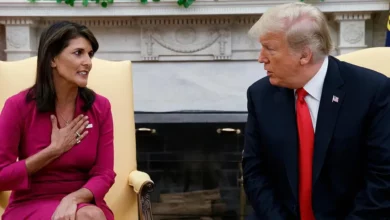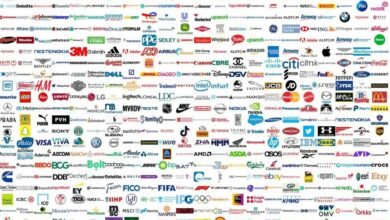The European Union’s most recent round of sanctions against Ukraine’s war targets Russia’s diamond industry.
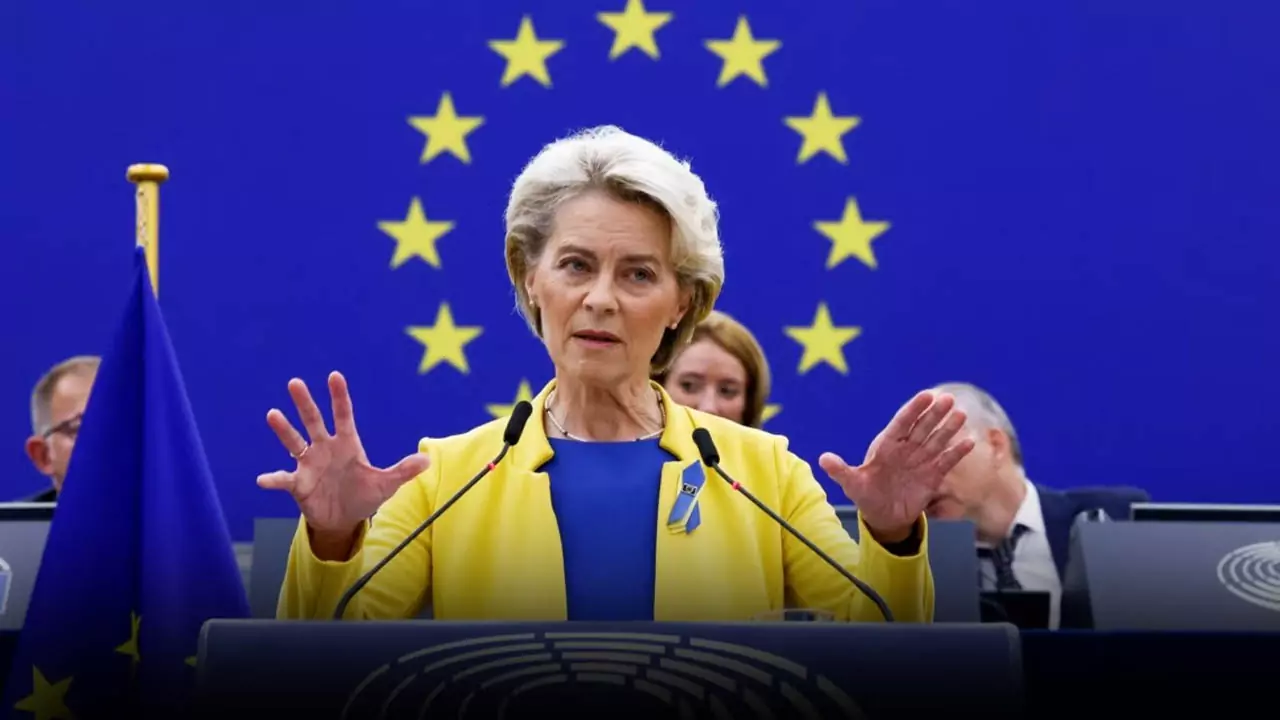
In response to Russia’s war against Ukraine, the European Union is imposing sanctions on the country that target over 140 officials, businesses, and organizations in addition to the lucrative diamond industry.
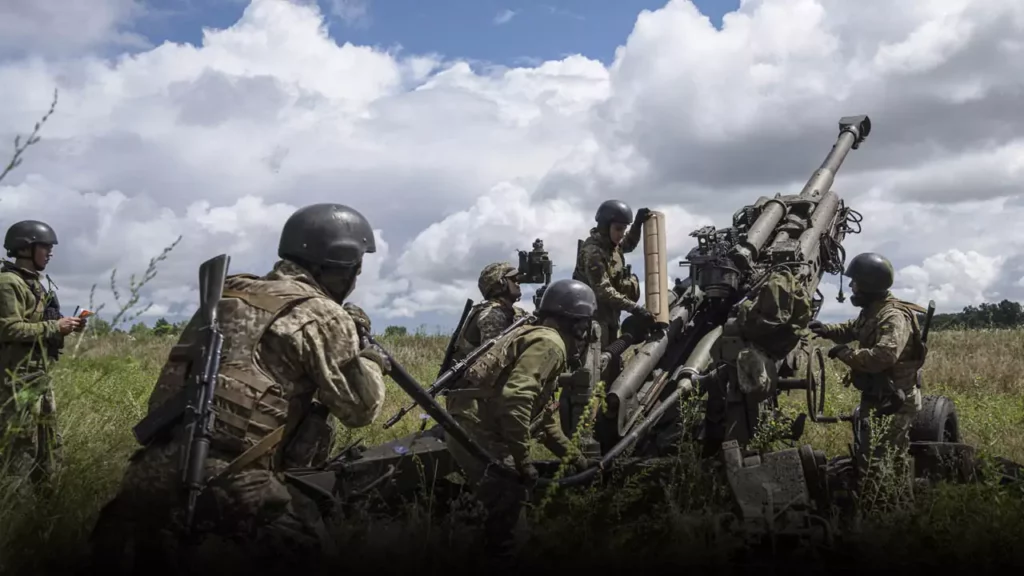
The lucrative diamond industry, over 140 officials and organizations, and loopholes that Moscow has used to evade previous punitive measures are all the targets of new Penalty the European Union announced on Monday in response to Russia’s war against Ukraine.
The European Union has imposed 12 rounds of Penalty and limitations on Russia since President Vladimir Putin gave the order for his troops to enter Ukraine nearly two years ago. Targets of the measures included the energy industry, banks, businesses, and markets. More than 1,000 Russian officials had their assets frozen and were prohibited from traveling.
“By targeting high-value sectors of the Russian economy and making it more difficult to circumvent EU sanctions,” the latest actions will “deliver a further blow to Putin’s ability to wage war,” according to EU headquarters.
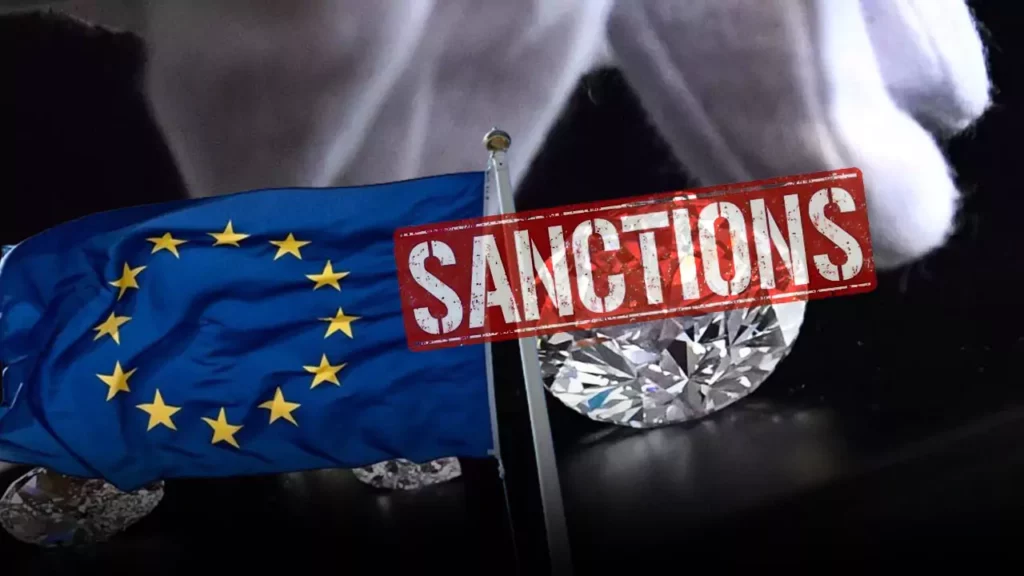
Beginning on January 1, it will be illegal to import, buy, or transfer Russian non-industrial natural and synthetic diamonds as well as diamond jewelry. The embargo covers diamonds that are processed outside of Russia as well as those that are imported, exported, and pass through Russia.
According to EU estimates, Moscow values the diamond industry at about $4.5 billion annually.
The latest set of Penalty also requires EU businesses to include in their contracts a prohibition on the export of specific goods, namely “sensitive goods and technology” that could be exploited by the Russian military in Ukraine, to prevent buyers from reselling them to Russia.
New Wave of Sanctions: EU Blocks Key Russian Exports and Targets Military Support Entities
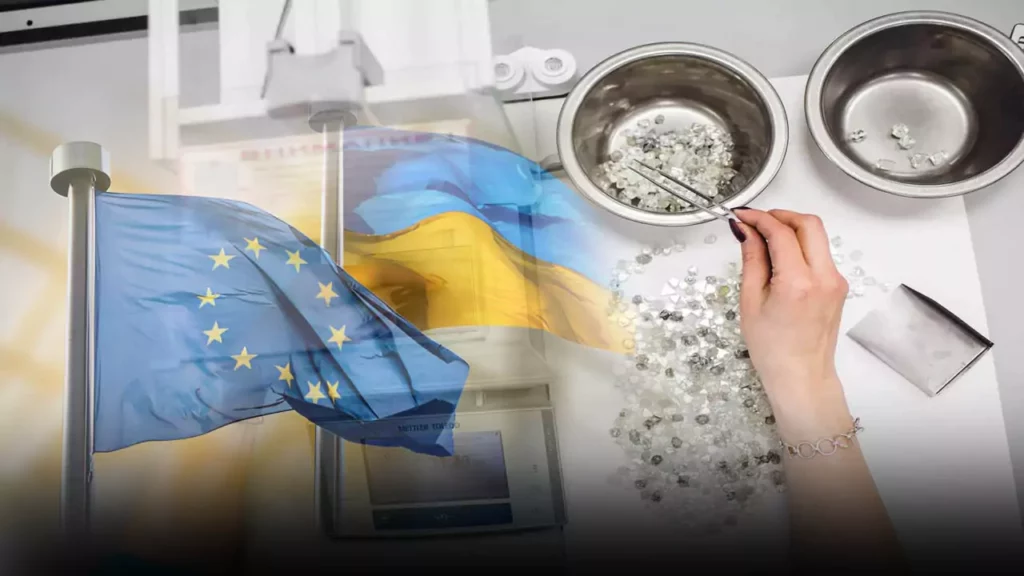
The EU has added more chemicals, lithium batteries, thermostats, some electric motors that might be used to make drones, and some machine tools and parts to its list of restricted goods that are prohibited from being exported to Russia.
Certain products that bring in a lot of money for Russia were also restricted from entering the EU. These products included foil, copper and aluminum wire, tubes and pipes in quantities greater than a predetermined threshold, and liquefied propane.
Additionally, the EU added 29 more “entities”—typically associations, bureaus, businesses, or banks—that were allegedly aiding Russia’s military-industrial complex in its conflict with Ukraine. The names of the organizations and individuals whose assets were frozen were withheld for a while.
It was anticipated that the Penalty would soon be officially published in the EU’s official journal, enabling their implementation.
The 27 EU countries will now consider imposing sanctions against people who benefit from the seizure of European assets or parts of companies in Russia. The member states will also come under tighter control to ensure they are actively tracing the assets of people targeted for sanctions.




